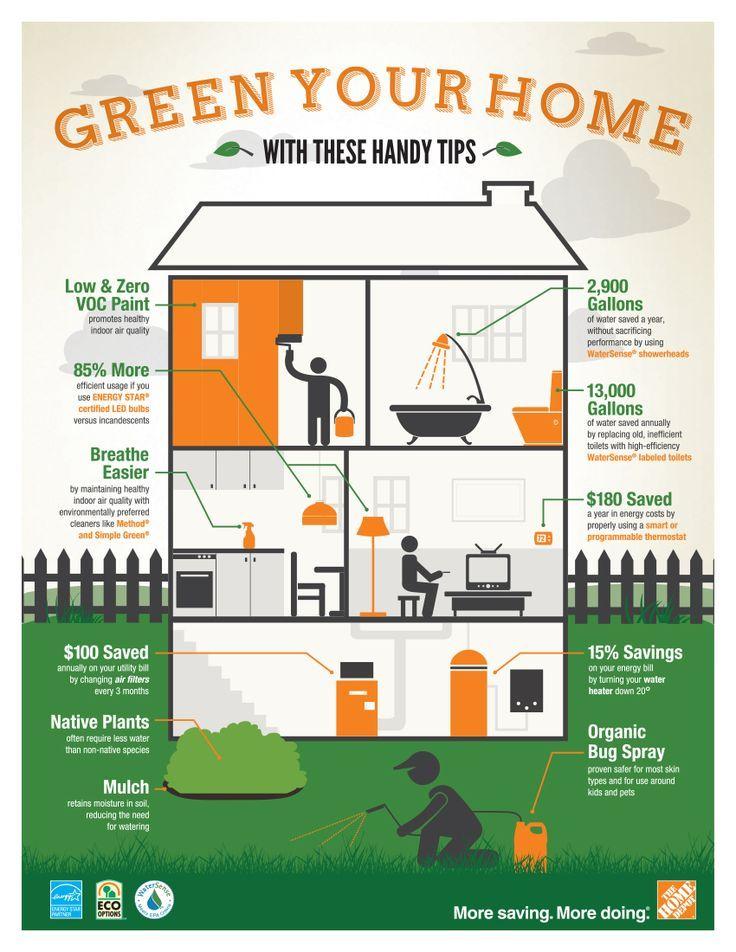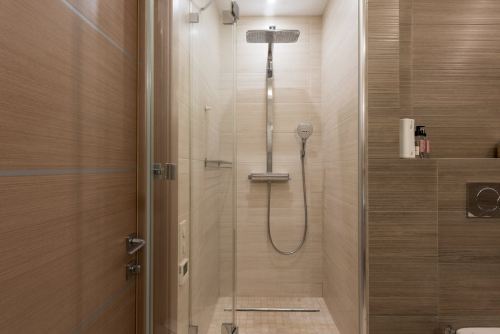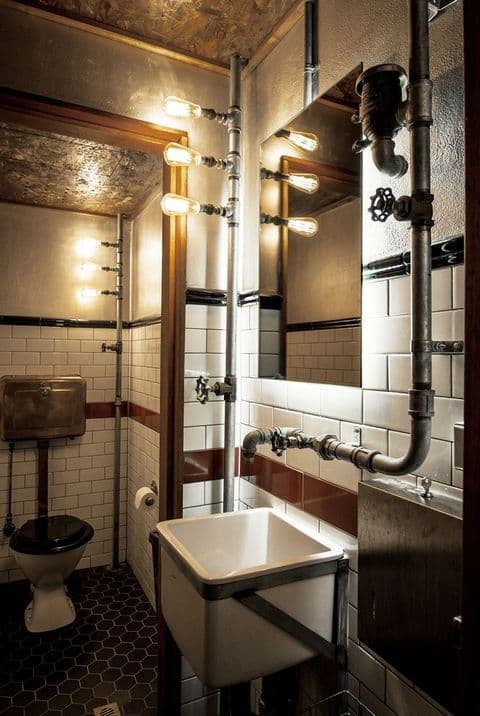Easy ways to make your home more sustainable
If you would like to reduce your carbon footprint, your home is a really good place to start. Whether you are renting or a homeowner, Gregory Smith and Harry Bodell have some expert advice to help you go green and save money too
Many of us are trying to be more mindful of our environmental impact. Small changes can make a big impact when it comes to being more sustainable, however, we are still likely to miss vital opportunities to reduce our carbon footprint.
We’ve highlighted the biggest energy drainers and wasteful appliances within the home. Plus we’ve also pointed out the least sustainable rooms in your household and offered advice on how to make changes and improvements to help improve your home’s green credentials.
1. Least sustainable room – bathroom
Gregory: Around 30% of the total amount of water used in a household comes from just flushing the toilet, but this can increase depending on the type of flush system your toilet has.
Traditional flush systems use a massive 13 litres of water per flush. This water is of the same quality as the water which comes from our taps, so this is an incredible waste.
To avoid this unnecessarily large amount of waste, upgrade your toilet to a water-efficient one. Toilets with a dual flush option offer users the choice of how much water they need to use per flush, and typically only use up to six litres per flush – over half the amount of a traditional toilet.
Leaking toilets are one of the most common causes for water waste in the UK, and normally goes completely undetected, coming from the cistern and dribbling down the back of the toilet bowl.
The average leaking toilet wastes up to 400 litres of perfectly clean water per day, yet checking for leaks can be done quickly and easily.
Here is one way you can check for a leak:

2. Kitchen
Gregory: In general, kitchens consume over 22% of a household’s water usage, with kitchen appliances being the biggest culprits for using a large amount of electricity, especially if they are older appliances. The most wasteful kitchen appliances include:
Dishwashers
On average, 49% of UK households have a dishwasher yet research shows that only 50% of homeowners use their dishwasher in a sustainable way.
One of the most common dishwasher mistakes is pre-rinsing dirty dishes before putting them in to wash.
While some believe this prolongs the life of the dishwasher, this actually can make the dishwasher work less efficiently. When dishes go in free of any grime or dirt, detergents are then unable to stick onto the dirty spots and clean them efficiently, meaning detergent just get lodged in the dishwasher.
Many dishwashers, especially newer models, have an eco-friendly option, which means they use less water and heat than a standard cycle. Even so, many households are guilty of running the cycle without filling the dishwasher properly, meaning water and detergent is wasted. To avoid this, make sure the machine is full before running the cycle.”
Fridges
Although fridges are designed to work efficiently without using too much energy, the position of the fridge can impact its level of performance.
If your fridge is in a sunny spot, then it will have to work harder to keep your food cold, thus reducing its performance ability and can even impact the lifespan of your fridge.
Moving the fridge away is the simplest solution to avoid this, or if your budget allows you should upgrade to a more energy-efficient model.”
3. Garden
Harry: Although not technically a room, your garden can be incredibly wasteful and cause your home’s carbon footprint to increase.
This may seem surprising, as gardens are thought to be eco havens, helping improve air quality and can even help people become more self-sufficient with growing vegetables.
However, incorrect gardening methods can cause more harm than good.
Lawn
One of the most common gardening mistakes is down to watering your lawn. Hoses and sprinklers use around 1000 litres of water per hour, which is all entirely unnecessary as rainwater is perfectly sufficient enough to keep lawns hydrated.
Of course, in the summer months when lawns dry out and brown spots occur, it is understandable to rehydrate the lawn with a watering. In this instance, try and water early in the morning or later in the afternoon when evaporation rates are lower.
Gregory Smith is a property and construction expert and Harry Bodell is a gardening expert from PriceYourJob



